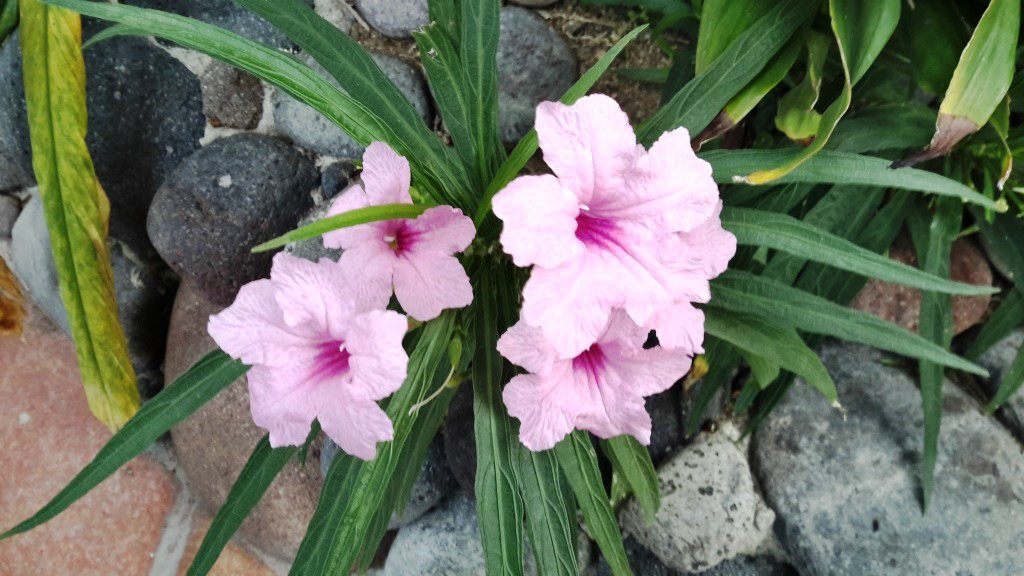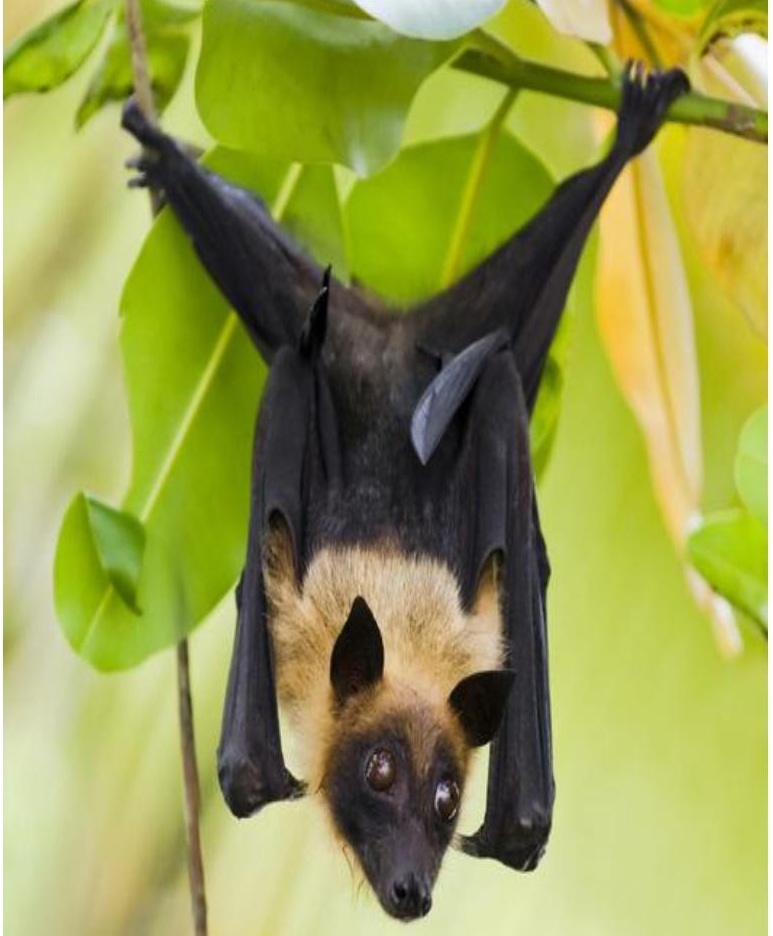By Tommy Clarkson on the October 2019 Edition
Mexican Petunia, Ruellia brittoniana
Family Acanthaceae
Also known as Ruellia, Desert Petunia, Mexican Blue Bells, Florida Blue Bells, Purple Ruellia, Hardy Petunias or Purple shower
(Interestingly, upon deciding to share information about these lovelies, I fast learned that few other botanical writers have given them much notice nor note. Hence, let us, herein, try to make proper amends for their oversight!)
Perhaps, like Alexander the Great, who had an explosively, brilliant, but all-too-short, life, are the flowers of the Mexican Petunia that exist for only one bright, beautiful day! Maybe, in atonement for this shortcoming, they are extremely easy to grow.
Native to Mexico and the southwestern US, there may be, at least, a dozen varieties of these smallish, evergreen shrubs which bear numerous tubular, white, pink, blue or purple, petunia like flowers, on dark stems that grow in great abundance. (But, do understand from the outset, that these are not actually Petunias.)
They are said to grow up to two to six feet (60.96 – 182.88 cm) tall and be of equal girth, however, mine are significantly less in size perhaps as a result of being potted.
The Mexican Petunia displays daily new blooms, over a long period. They are fast growers and can be propagated by softwood stem cuttings or by aggressively selfsown seeds the result of which may be that one may wish to containerize or border them. In fact, in Florida, they are considered invasive! In more cooler climes, they are planted as annuals.
Ruellia brittoniana needs a warm climate, sited in partial shade, growing in fertile, consistently moist, well-drained soil. Like two similar other varieties with variegation Ruellia Makoyana and Ruellia portellae they may be propagated by division of their root balls, through softwood stem cuttings, or it can selfseed quite energetically. The seeds are also moved to new terrain during the rainy season or when hosed with water.
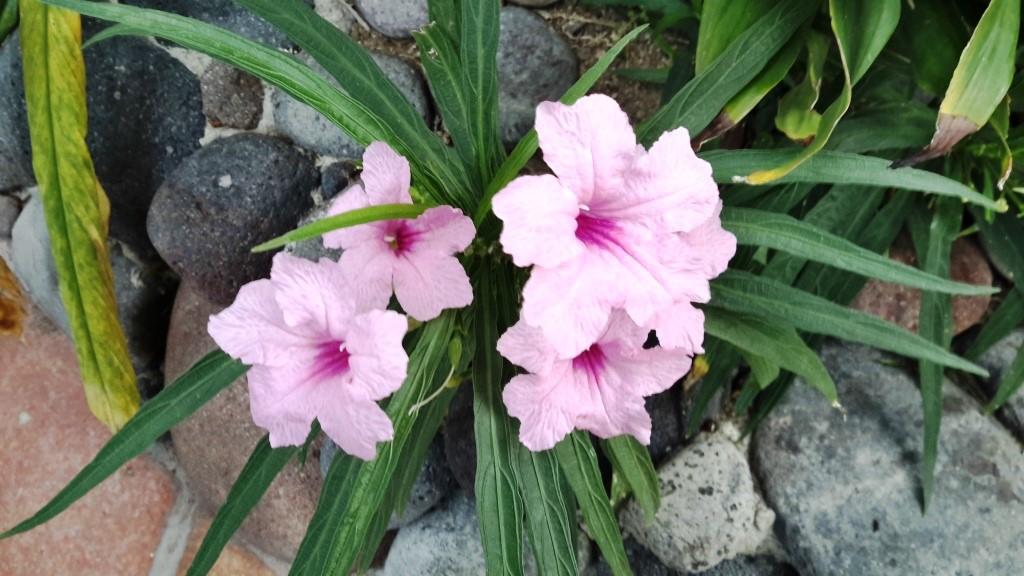
Neither the flowers nor the plant itself has a distinctive fragrance. Nonetheless, it does manage to attract bees, butterflies and even hummingbirds to the garden. The elongated leaves of this plant can reach up to twelve inches (30.48 cm) though, when grown in dry conditions, they usually remain shorter.
They love full sun but grow well in partial shade. However, the more sunlight they receive, the more flowers they produce. These plants thoroughly enjoy warm weather and are capable of surviving both flooding and drought. However just like me they don’t do well in the cold. As temperatures drop, if possible, move them away from the cool breeze.
Once established, they thrive and flourish in almost any type of soil but, for optimal growth, use a well draining fertile loam.
The best approach is to water them just enough to keep the soil consistently moist. While the established plants are sturdy, and can go without water for a long time, the young Mexican petunia needs regular watering. And, just like us, vitamins are a plus.
While they’ll grow well without an additional boost of fertilizers, a tablespoon of 10-10-10 fertilizer, mixed in a bucket of water, and given to them, is much appreciated. . .. or you can merely scatter the fertilizer around the plant and then water into the soil.
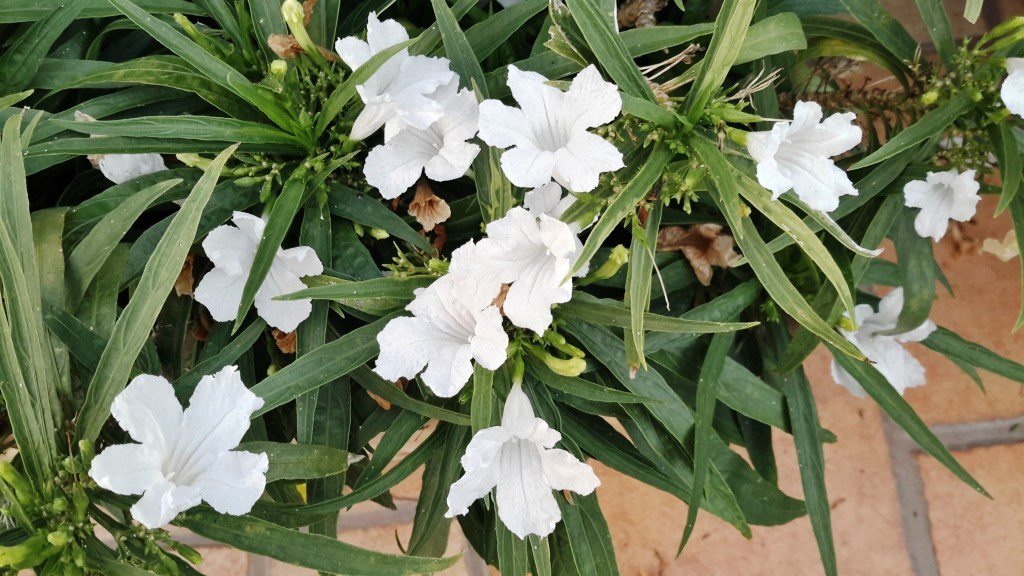
Transplant Mexican Petunias when the temperature is warm enough to allow the plant to properly settle into its new home and grow. Given that under the right conditions these plants are quite self-sufficient and require little additional care.
If they commence to take over your garden, simply pull out some of the stems. Also, regularly prune them to optimal shape to maintain their appealing appearance. Also, remember to clip off the burned or damaged leaves. If, however, you seek more of these lovely flowers, merely cut the stems halfway down once the flowering season ends and it will replace the lost stems by growing multiple stems and flowers!
Other than cold weather, which can damage the plant and turn its leaves brown, Mexican Petunia usually does not encounter any serious problems. Pestwise, it is not common for them to get infected, though they are a bit susceptible to spider mites.
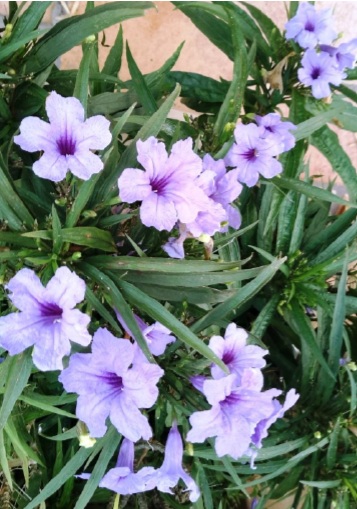
For that, simply spray a good-quality insecticide or a soap solution on the foliage and keep the problem under control by pruning the infected leaves, flowers, and stems.
These low mounding and compact plants are a good selection for along borders. One popular cultivar, Ruellia brittoniana ‘Katie’, is smaller, with a mature size at 12-15 inches (30.48 – 38.10 cm) in height and 15-18 inches (38.10 – 45.72 cm) wide.
The full edition or view it online
—
Tommy Clarkson is a bit of a renaissance man. He’s lived and worked in locales as disparate as the 1.2 square mile island of Kwajalein to war-torn Iraq, from aboard he and Patty’s boat berthed out of Sea Bright, NJ to Thailand, Germany, Hawaii and Viet Nam; He’s taught classes and courses on creative writing and mass communications from the elementary grades to graduate level; He’s spoken to a wide array of meetings, conferences and assemblages on topics as varied as Buddhism, strategic marketing and tropical plants; In the latter category he and Patty’s recently book, “The Civilized Jungle” – written for the lay gardener – has been heralded as “the best tropical plant book in the last ten years”; And, according to Trip Advisor, their spectacular tropical creation – Ola Brisa Gardens – is the “Number One Tour destination in Manzanillo”.
